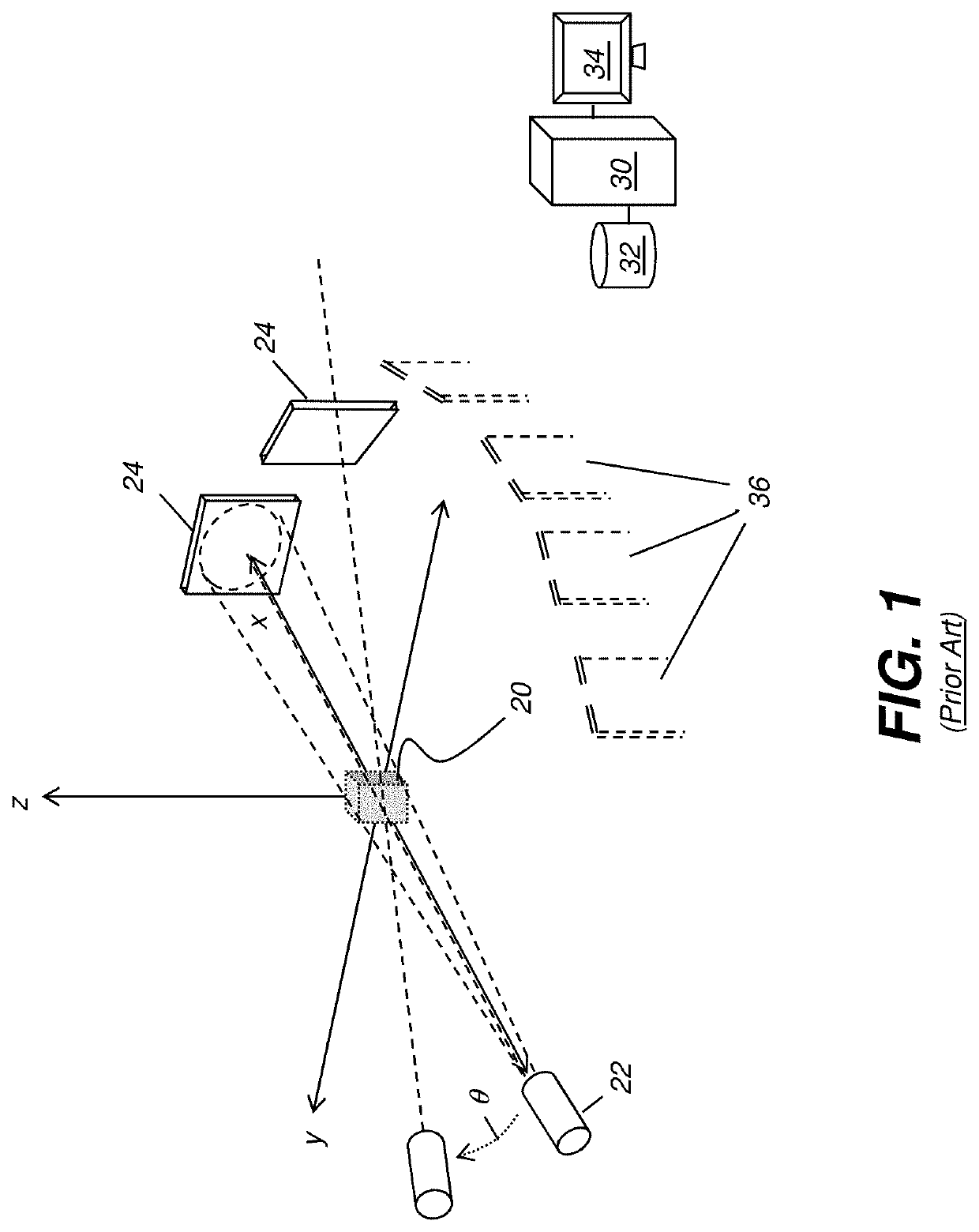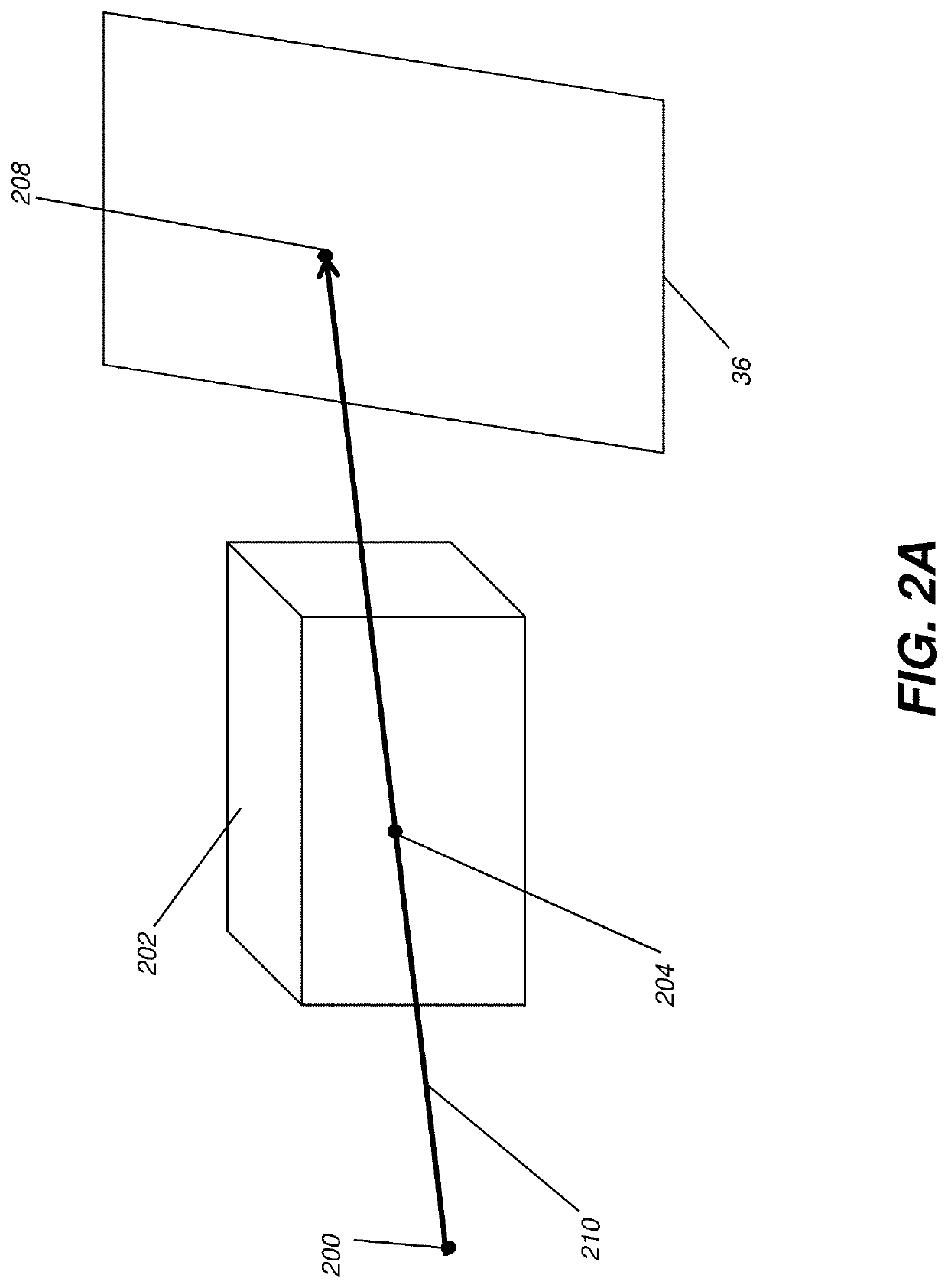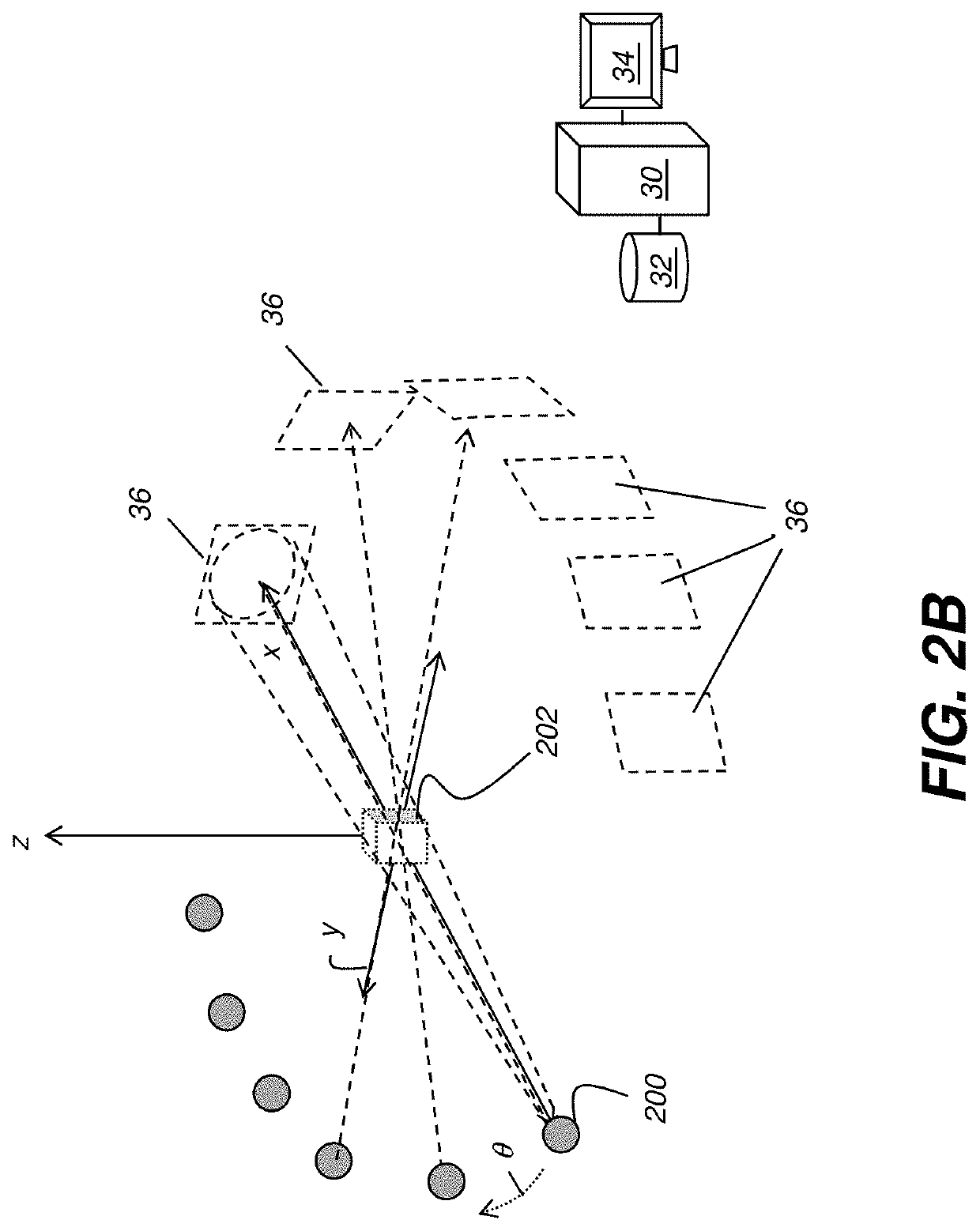Methods for metal artifact reduction in cone beam reconstruction
- Summary
- Abstract
- Description
- Claims
- Application Information
AI Technical Summary
Benefits of technology
Problems solved by technology
Method used
Image
Examples
Embodiment Construction
[0019]The following is a detailed description of example embodiments of the disclosure, reference being made to the drawings in which the same reference numerals identify the same elements of structure or steps of a method in each of the several figures. In the drawings and in the text that follows, like components are designated with like reference numerals, and similar descriptions concerning components and arrangements of components or interaction of components already described are omitted. Where used, the terms “first”, “second”, and so on, do not necessarily denote any ordinal or priority relationship, but are simply used to more clearly distinguish one element from another.
[0020]In the context of the present disclosure, the term “volume image” is synonymous with the terms “3-dimensional image” and “3-D image”. Embodiments of the present disclosure are particularly well suited for suppressing the types of metal artifacts that occur in 3-D volume images, including cone-beam com...
PUM
 Login to View More
Login to View More Abstract
Description
Claims
Application Information
 Login to View More
Login to View More - R&D Engineer
- R&D Manager
- IP Professional
- Industry Leading Data Capabilities
- Powerful AI technology
- Patent DNA Extraction
Browse by: Latest US Patents, China's latest patents, Technical Efficacy Thesaurus, Application Domain, Technology Topic, Popular Technical Reports.
© 2024 PatSnap. All rights reserved.Legal|Privacy policy|Modern Slavery Act Transparency Statement|Sitemap|About US| Contact US: help@patsnap.com










